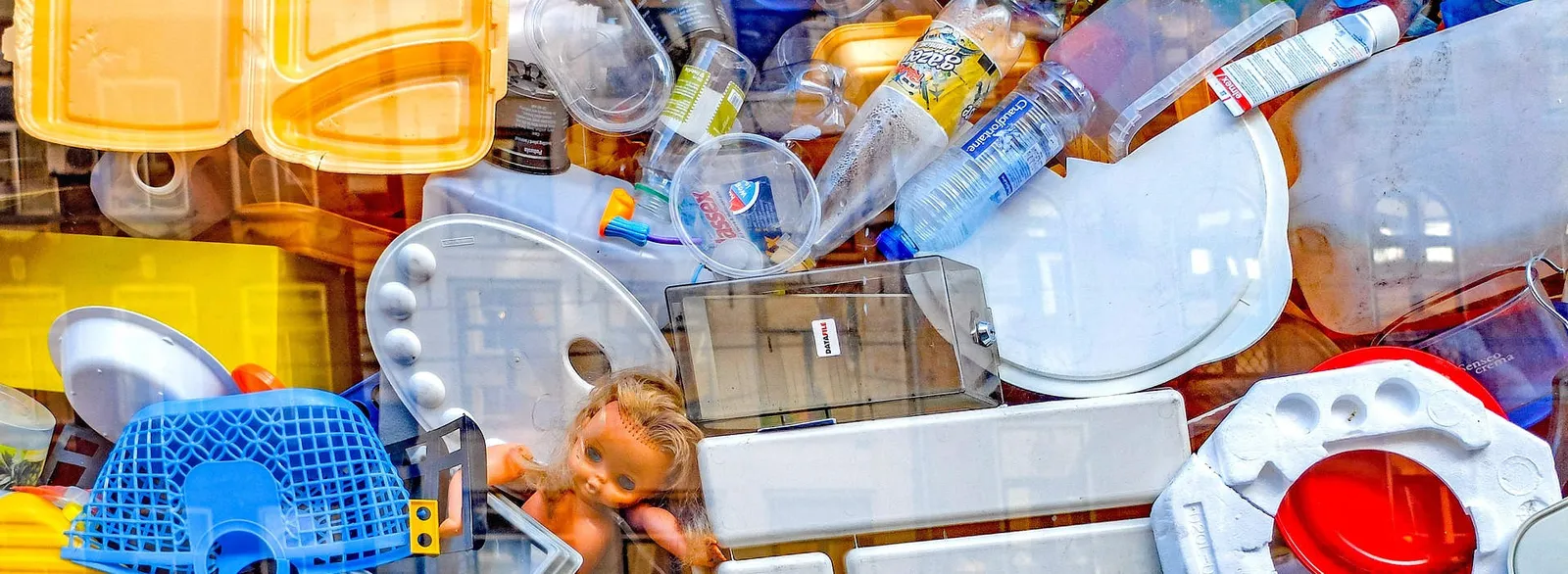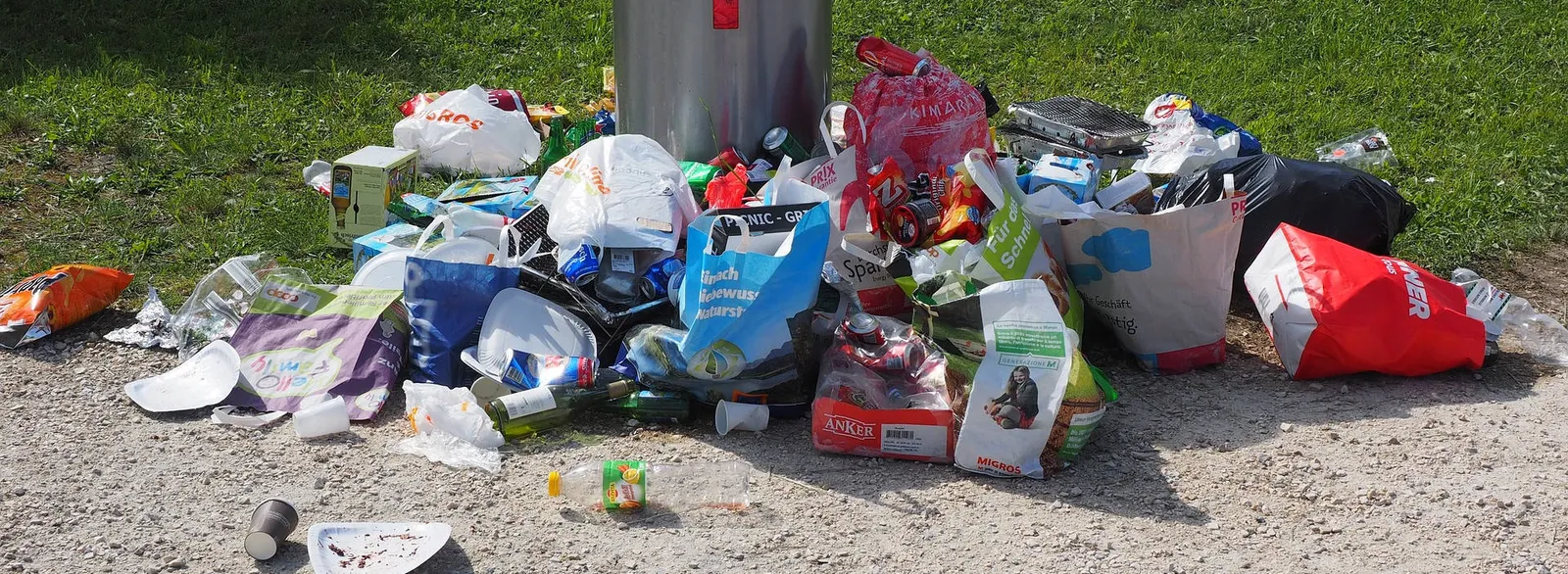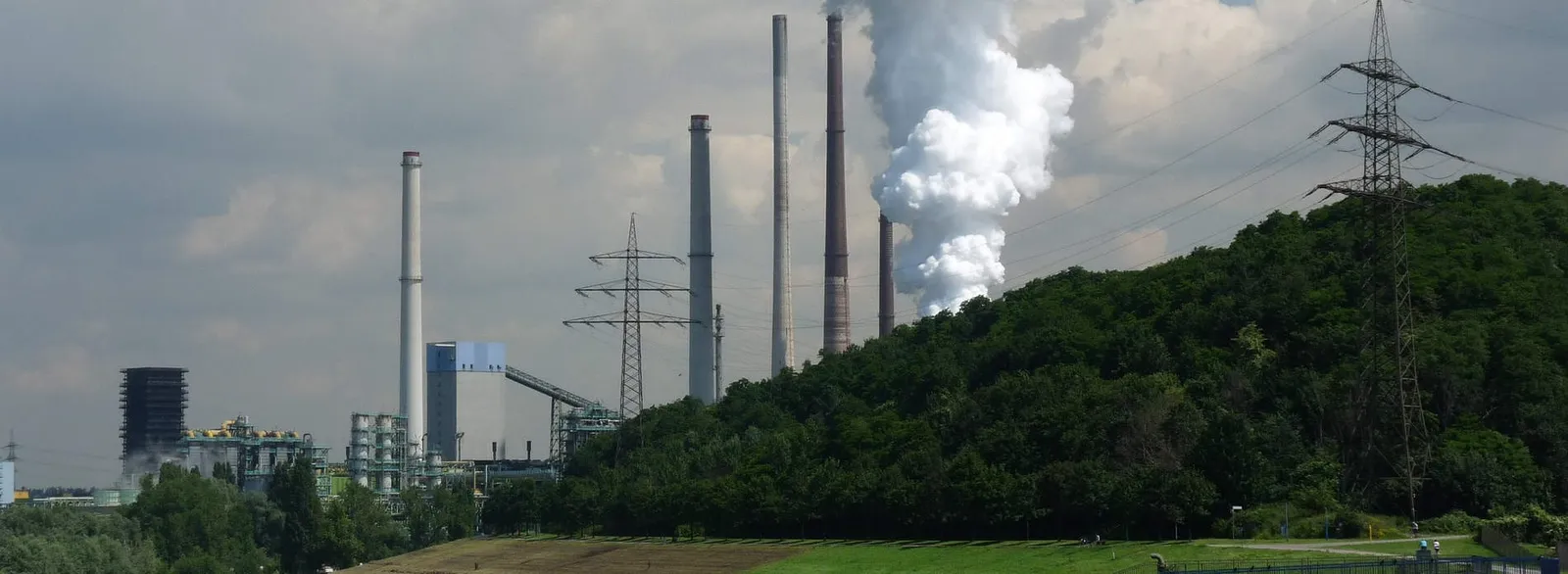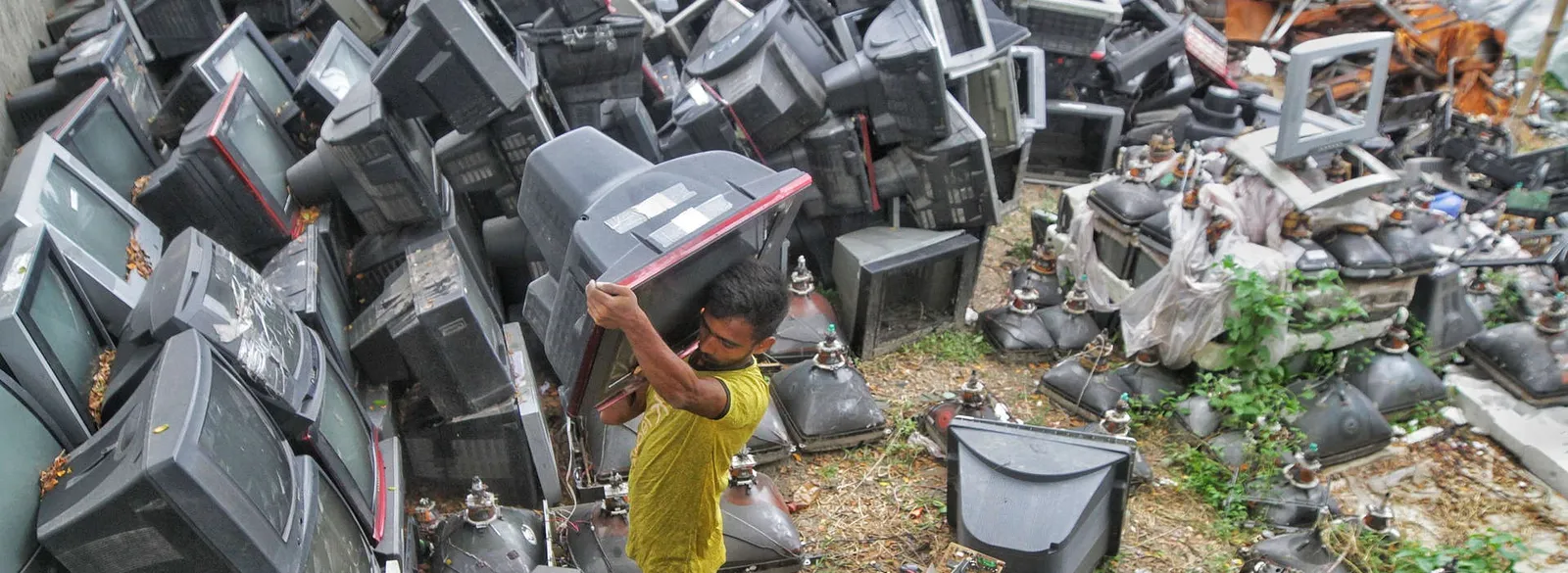If you are interested in ecology and recycling - sign up for our newsletter
The fashion industry significantly burdens the environment, consuming vast amounts of water, energy, and resources, while also emitting large quantities of greenhouse gases. Overproduction, chemical pollution, and the short lifespan of clothing further exacerbate the problem. However, as consumers, we have a real influence on this situation. By choosing durable clothing, eco-friendly brands, repairing clothes, and reducing purchases, we can mitigate the negative effects on our planet. Conscious decisions in daily life are a step toward a more sustainable future.
How Does Fashion Impact Our Planet?
One of the biggest problems caused by the fashion industry is the use of harmful production technologies, involving toxic chemicals and environmentally unfriendly materials. These processes are not only detrimental to nature but also to the health of workers in the industry and people living near production plants. The problem is worsened by excessive clothing production driven by massive consumer demand. The average European buys several kilograms of clothes annually, and in Poland, we spend about 1,200 PLN per person on clothing each year. In wealthier countries, this amount is three times higher.
In the 19th century, people owned an average of 10–15 pieces of clothing, while today, the average person has about 150! Despite this, we regularly wear only 20–30% of our wardrobe.
The demand for clothing is also driven by store policies. Large clothing brands no longer limit themselves to two collections per year—summer and winter—as they did in the past. Nowadays, they launch up to six or more collections annually, fueling fashion trends and consumption. This leads to a situation where clothes are purchased in excess and their use is extremely short-lived. We often discard clothing that is still in good condition, perpetuating the cycle of mass production and waste.
Growing consumer demand pushes manufacturers to focus on offering cheap clothing to meet price expectations. Unfortunately, cheap production involves a lack of investment in environmentally friendly technologies and the use of low-quality materials. These products are made quickly and on a massive scale, contributing to environmental degradation—not only through harmful emissions but also through the generation of large amounts of waste. This is a vicious cycle in which a consumerist lifestyle drives harmful activities in the fashion industry.
The Fashion Industry’s Environmental Impact
The impact of the fashion industry on the environment is multidimensional. One of the most serious problems is excessive water consumption. Producing a single cotton t-shirt requires thousands of liters of water, equivalent to the amount a person could drink over several years. Even more intensive is the production of 1 kilogram of cotton, which consumes around 2,000 liters of water. This is especially burdensome for areas where water access is limited, often in countries with dry climates, such as India or Uzbekistan.
To produce a single pair of jeans, about 7,500 liters of water are needed—approximately the amount a person drinks over seven years!
Chemical water pollution is another major issue. The dyeing and finishing of fabrics involve toxic dyes and chemicals that are often discharged directly into local rivers and surface waters. This is particularly common in developing countries such as Bangladesh or Vietnam, where a lack of environmental regulations leads to the degradation of local ecosystems. As a result, both the natural environment and communities dependent on these waters suffer.
Synthetic materials, such as polyester, also have their drawbacks. Polyester production generates significantly more carbon dioxide than cotton production, contributing to increased greenhouse gas emissions. Additionally, polyester is a major source of microplastics. During the washing of synthetic clothing, microfibers are released into the water, which do not biodegrade. These fibers end up in rivers and oceans, where they accumulate, harm marine organisms, and pollute ecosystems. Microplastics are an increasing challenge as they enter the food chain, impacting not only the environment but also human health.
The textile industry, due to its scale and methods, is one of the main culprits in environmental degradation. Its negative impact affects water resources, air quality, and marine ecosystems.
The Fashion Industry and Air Pollution
The fashion industry accounts for about 10% of global greenhouse gas emissions, making it one of the most polluting sectors. For comparison, the industry emits more CO₂ than all international flights and maritime shipping combined. If the current pace of production and consumption continues, projections indicate that the fashion industry’s share of greenhouse gas emissions could double in the next 30 years.
One of the main sources of emissions is the production of synthetic materials, such as polyester, which is derived from petroleum. These processes require large amounts of energy, usually sourced from fossil fuels, leading to significant air pollution. Similarly, the production of chemical dyes and decorative clothing elements generates emissions of harmful substances, such as sulfur dioxide and nitrogen oxides, which negatively impact air quality and human health.
Producing 1 kilogram of polyester generates 5 kilograms of carbon dioxide—the equivalent of driving a car over 20 kilometers!
Another issue is the transportation of clothing. Many products are made in Asian countries and then transported to markets in Europe or North America. Air, sea, and land transportation generate enormous amounts of carbon dioxide emissions, contributing to global warming. Moreover, storing clothing, especially in air-conditioned warehouses, also requires significant energy.
Clothing disposal also negatively affects the air. A small portion of unused clothing is recycled, while most ends up in landfills or is incinerated. Burning textiles, especially those made from synthetic materials, releases toxic compounds, such as dioxins and furans, into the atmosphere, which are hazardous to both the environment and human health.
We must also consider the impact of animal farming on air pollution. The production of leather and fur involves greenhouse gas emissions, such as methane and nitrous oxides, produced during animal digestion, along with soil and water pollution. Animal farming for the fashion industry thus significantly contributes to air quality degradation and the intensification of the greenhouse effect.
The fashion industry, as one of the most energy-intensive sectors, urgently requires changes to reduce its environmental impact. Solutions may include investing in eco-friendly technologies, reducing transportation-related emissions, and adopting more effective clothing disposal methods.
What Can We Do as Consumers?
Each of us can help reduce the negative impact of the fashion industry on the environment by making more conscious consumer decisions. Here are some key actions that can make a difference:
Buy second-hand clothing. Purchasing used clothes instead of new ones can reduce greenhouse gas emissions by up to 82%. Choosing second-hand items not only protects the environment but also allows you to discover unique fashion treasures!
Buy less, but of better quality. Instead of following short-lived trends and buying cheap clothes that quickly wear out, focus on quality. Durable, well-made clothing can last for years, reducing the need for frequent purchases. By choosing higher-end clothing, you invest in better materials and often support brands that adopt more sustainable production practices, thus curbing overproduction—one of the industry’s major issues.
Choose eco-friendly brands. More and more fashion companies are striving for sustainability by offering collections made from organic, recycled, or biodegradable materials. Look for certifications such as GOTS (Global Organic Textile Standard) or Fair Trade, which confirm that production was environmentally friendly and conducted under fair working conditions. Supporting such brands promotes efforts to reduce the fashion industry’s carbon footprint.
Repair rather than discard. Not every clothing damage requires disposal. Learning simple sewing techniques, like sewing on buttons or mending holes, can extend a garment’s life. For larger issues, consider hiring local tailors to repair or modify the item. This reduces textile waste and gives clothes a second life.
Donate or exchange clothing. Instead of throwing away clothes that no longer suit you, donate them to those in need, give them to charitable organizations, or swap them for something else. Clothing swap events, where participants exchange clothes, are gaining popularity. This not only provides an eco-friendly solution but also offers a chance to find unique items without buying new ones.
Pay attention to material composition. When buying clothes, check the labels and choose products made from natural or recycled materials, such as organic cotton, linen, or bamboo fabrics. Avoid synthetics, like polyester or acrylic, which release microplastics during washing. Choosing more eco-friendly materials is a step toward reducing water and soil pollution.






